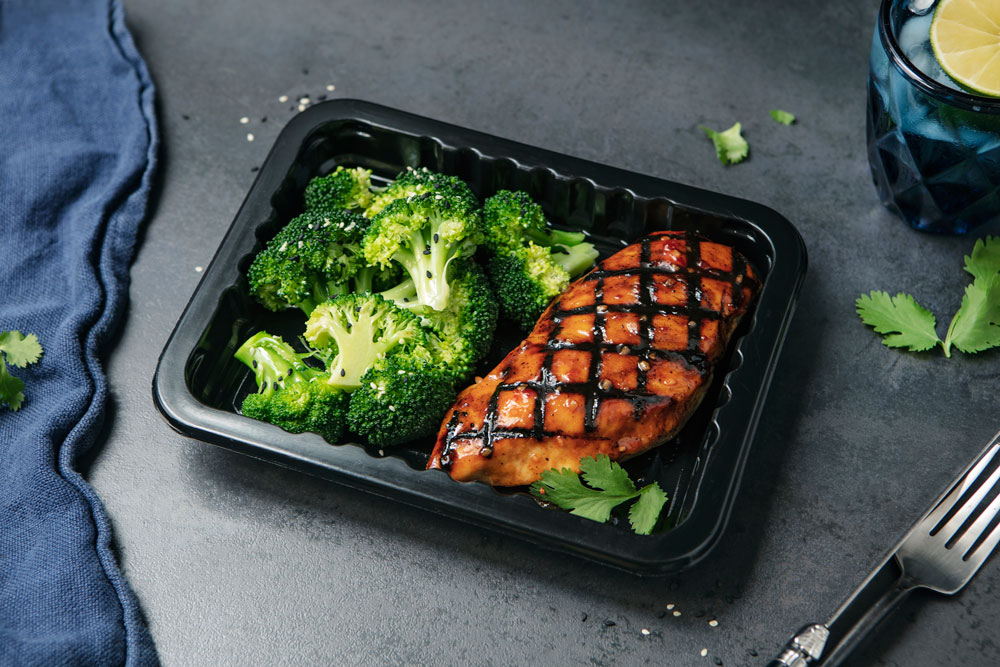ARTICLE AT A GLANCE
Gluten can cause inflammation in anybody, even people who don’t have an autoimmune disease like celiac. Inflammation caused by consuming gluten has been linked to a host of health complications, from cognitive issues to gastrointestinal problems. In this blog, we’ll explore:
Inflammation is meant to defend your body. Your immune system triggers it to drive out viruses, germs, and harmful bacteria to kickstart the healing process. However, when inflammation lasts for long periods, the chronic swelling and your immune system’s overactivity can become more harmful than helpful.
But germs aren’t the only thing your body fights using inflammation: Gluten causes the same inflammatory reaction. The problem with gluten is that your body reacts to it as if it was a virus that needs to be destroyed, rather than food that needs to be processed. The result is chronic inflammation in your intestines, joints, and other organs and tissues. This impedes your ability to break down and absorb foods, and excess undigested gluten can form a tightly bonded lump in your gut.

Undigested gluten triggers your immune system to attack the villi – the finger-like projections lining your small intestine. Consuming more gluten causes more intestinal damage and heightens your risks of nutrient malabsorption, anemia, osteoporosis, and nutrient deficiencies. It can also lead to complications with your liver, joints, skin, and nervous system.
These symptoms are most prominent in people who have celiac disease, but they can affect everyone in varying degrees even if you don’t have it. It’s been shown that people with chronic issues like brain fog, fatigue, skin conditions, weight management, and other inflammatory conditions have all experienced improvements by cutting gluten out of their diets.
Living with a Gluten Intolerance
Cutting wheat gluten out of your diet can benefit your overall health, fitness, and wellbeing. Wheat gluten is a combination of two proteins – glutenin and gliadin – which your body can’t completely dismantle. The undigested peptides that float around your small intestine are what your body perceives as the enemy.
Triggering chronic inflammation is a serious consequence alone, but researchers now know that wheat gluten also produces a unique protein known as zonulin. This protein can loosen intercellular bonds and affect the permeability of your intestinal lining, making it a direct cause of leaky gut, a condition that leads to several negative health consequences.

In other studies, large groups of patients with irritable bowel disease (IBD), including Crohn’s disease and ulcerative colitis, saw improvements in their symptoms after adopting gluten-free diets. Experts are hopeful that further studies will lead to gluten-free dieting becoming a safe and effective way to manage different forms of IBD.
Even if you don’t have celiac or IBD, your body might still be intolerant to gluten and react to it as if it were an allergen. Symptoms are similar to other food allergies, from anxiety, brain fog, headaches, hives, and abdominal distention to pain, diarrhea, vomiting, muscle spasms, fatigue, and a general feeling of being unwell.
Cutting Gluten for Greater Control
Some nutritionists recommend that people with inflammatory conditions like rheumatoid arthritis cut back on gluten as well. Before trying it, it’s important to recognize the connection between your own gluten consumption and its effect on inflammation in your body.
The two gluten proteins glutenin and gliadin give bread dough its elasticity and its puffy, chewy texture. A significant amount of the protein in bread wheat consists of gluten, but it can also be found in cookies, cakes, pastas, soy sauce, meat products, and dairy. Processed foods often contain gluten as a filler or binder.
Eliminating gluten from your diet means doing away with any food containing it, including rye, wheat, or barley. However, your diet isn’t as limited as you might expect. For example, quinoa, rice, flax, non-GMO corn, sorghum, millet, and amaranth seed are all naturally gluten-free grains are excellent, delicious alternatives.
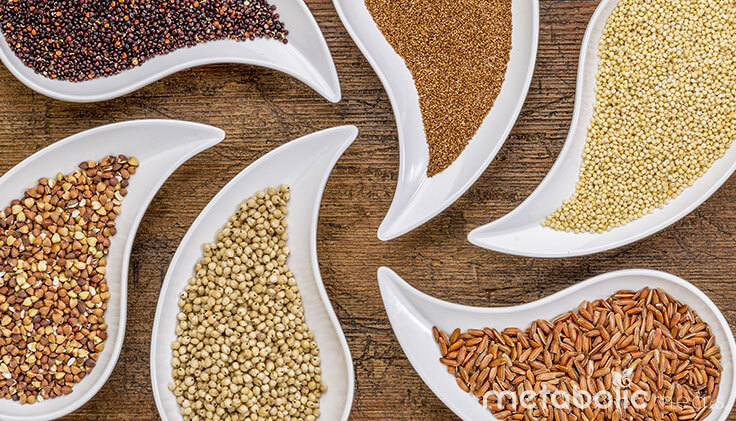
The next time you’re at the grocery store, you can also try switching out these other common items with gluten-free substitutes:
1. Pasta: Zoodles, rice noodles, spaghetti squash, or chickpea pasta
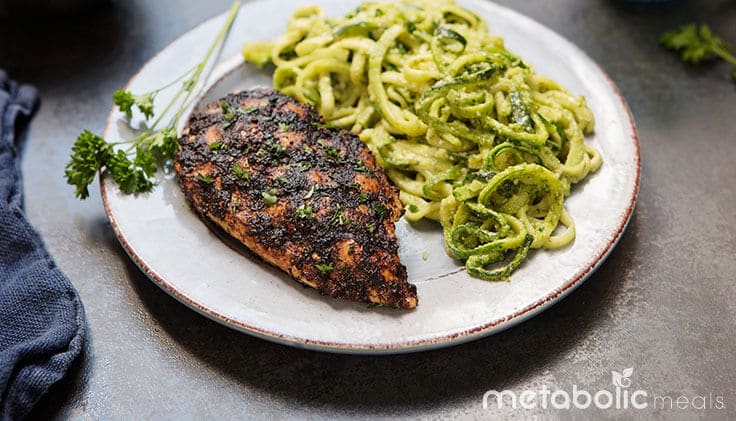
2. Pizza crust: Cauliflower crust
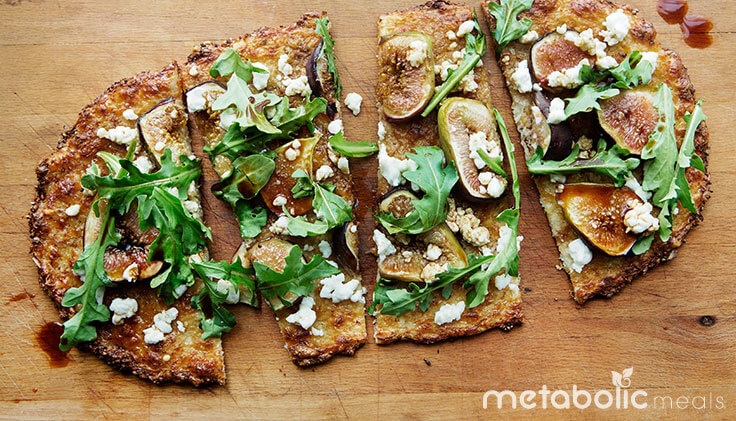
3. Bread or buns: Portobello mushrooms or sweet potatoes
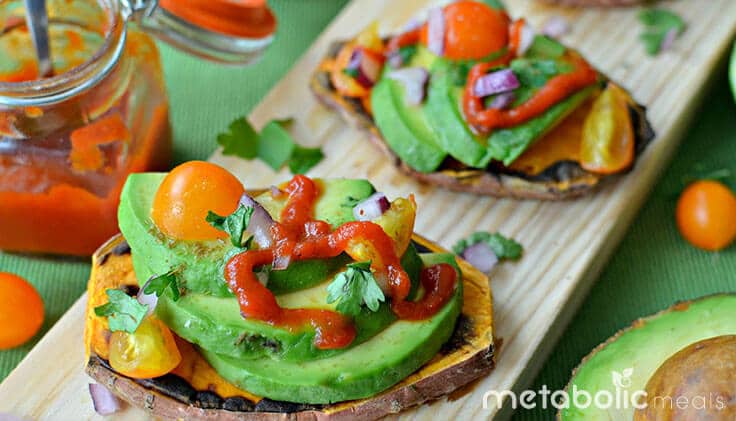
4. Pancakes: Made with almond flour or cornmeal
5. All-purpose flour: Almond, coconut, or buckwheat flour
6. Soy sauce: Coconut aminos
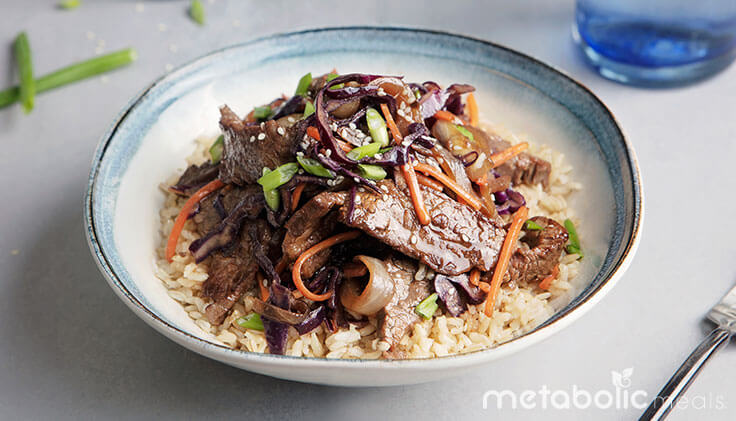
At Metabolic Meals, we use coconut aminos to replace soy sauce in all our Asian-inspired dishes.
7. Bagels: Rice cakes
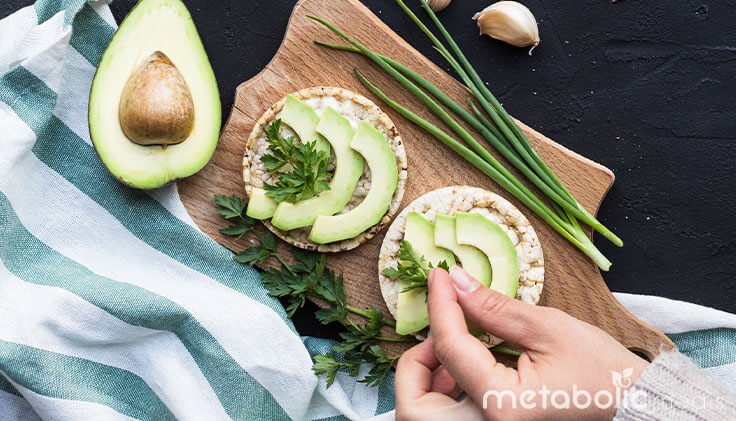
8. Flour tortillas: Lettuce, collard greens, corn tortillas, or rice wraps
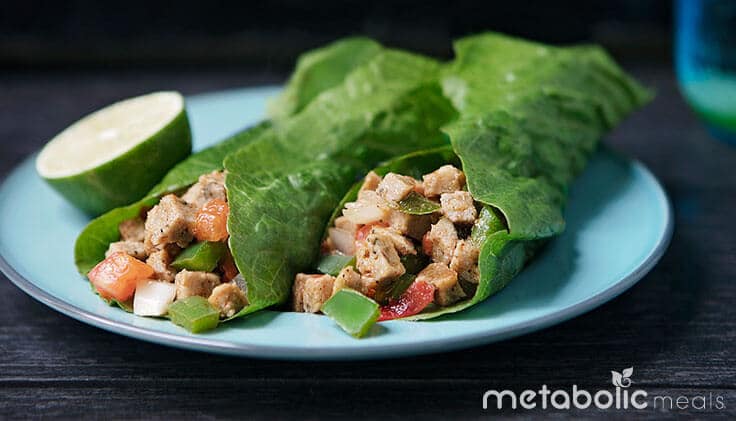
Remember: just because something says that it’s gluten free doesn’t automatically mean it’s healthier. Many products add more refined sugar, unhealthy fats, and other questionable substances to replace the pliable texture of gluten. While it’s great to cut out gluten, replacing it with processed foods isn’t much of an improvement.
If you aren’t sure how to start a gluten-free diet, team up with an experienced nutritionist, or contact Metabolic Meals today to speak with one of our meal planning experts.
Kelley Baker is a Nutrition Health Coach with 15 years of experience of personal training and holistic lifestyle coaching. Her certifications include NASM, C.H.E.K, ICANS, and Poliquin.

